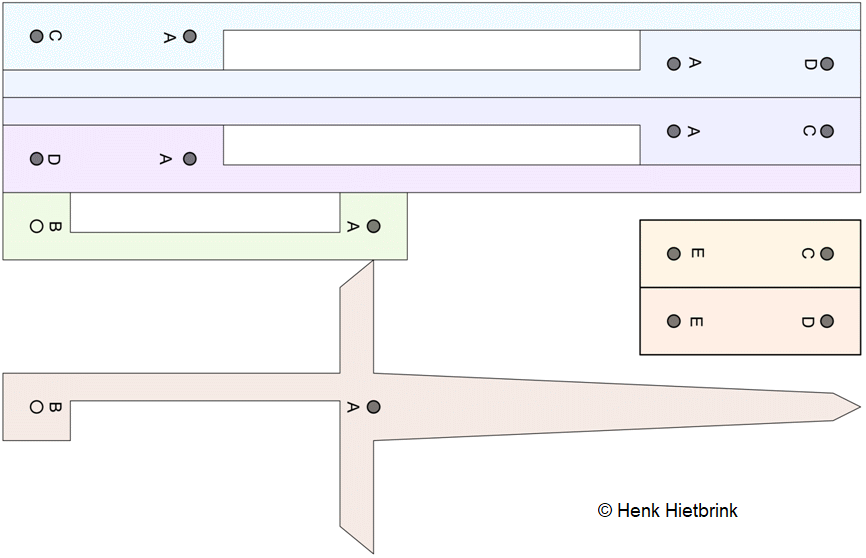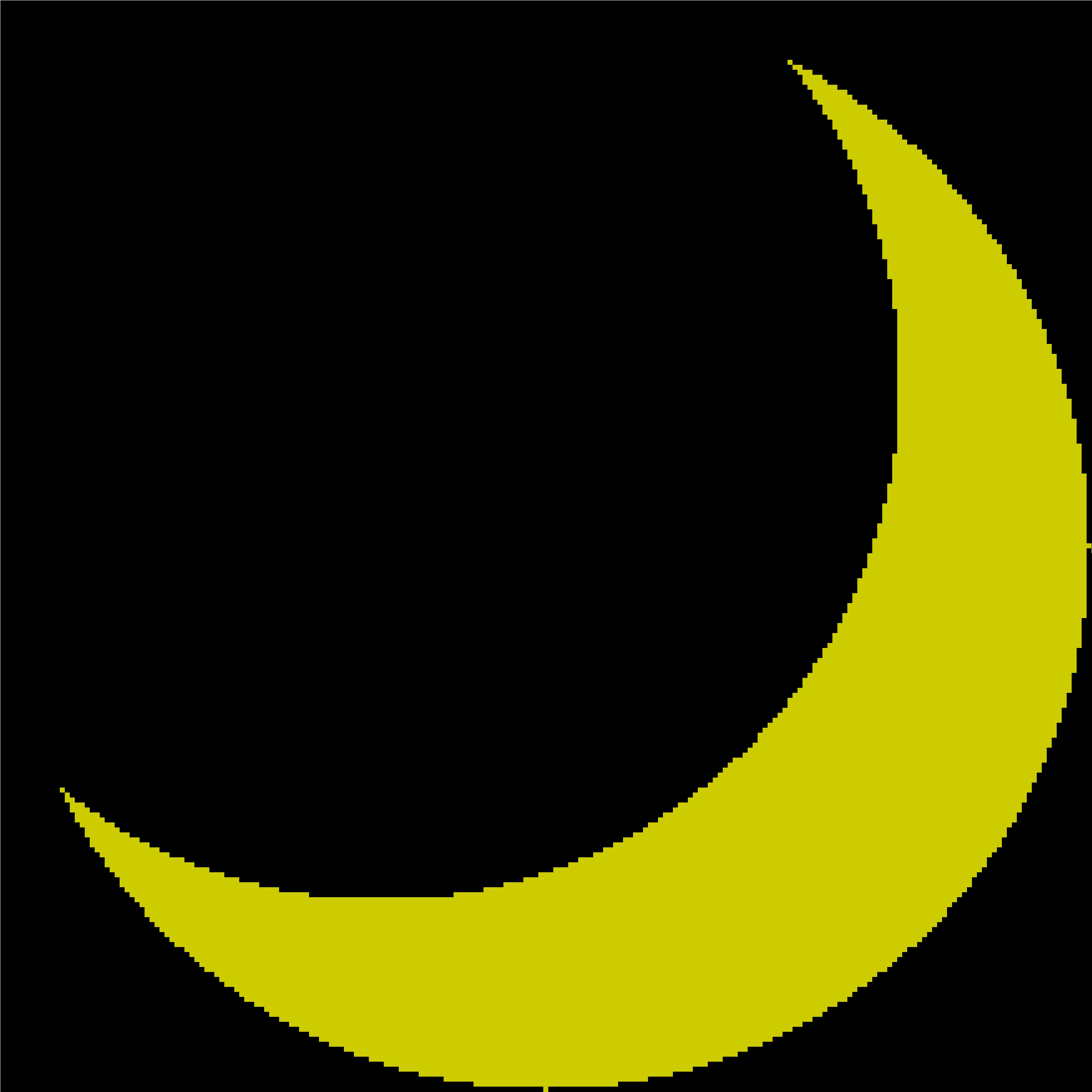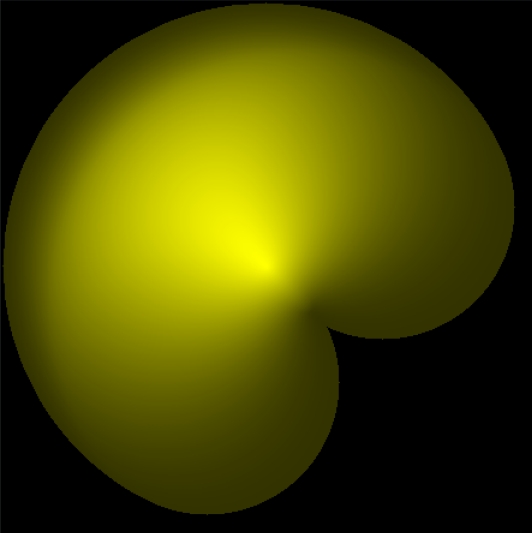Lecture on an instrument for finding reflection points in all kinds of mirrorsMonday 17 May 2021, a lecture will be held for students of Asst. Prof. Dr. Aslan Seyhan from Bartin University. Students can prepare themselves in advance by creating a paper version of the instrument, using the cut-out sheet. Three introductory assignments are in the handout.
|
Cut-out Sheet
Print the cut-out sheet, preferably on 250 grams paper. Otherwise glue three ordinary paper sheets. Link the components with brass fasteners.
- Cut-out Sheet
Print the cut-out sheet, preferably on 250 grams paper.

Introductory assignments
Make the three introductory assignments in the handout in a drawing programme such as Paint and send the answers to h.hietbrink planet.nl.
planet.nl.
- Handout
Print the handout with the three exercises, preferably on A3 format.

Conference Proceedings
This lecture has been presented at the The First International Prof. Dr. Fuat Sezgin History of Science in Islam Symposium in Istanbul in 2019. My contribution to the conference proceedings are available. A translation into Turkish was sponsored by Bursa Science Center.
- Reflection Points
In The 1st International Prof. Dr. Fuat Sezgin Symposium on History of Science in Islam Proceedings Book my contribution The Istanbul Museum of the History of Science and Technology in Islam as a Source of Inspiration for Modern High School Education: An Instrument for Finding Reflection Points is included. It shows how old instruments from a museum collection can be used for inspiring education.

- ... yansima noktalarini bulmak için bir araç.
Bursa Science Center sponsored my Turkish translation.

Ibn al-Haytham
Although the instrument is attributed to Leonardo da Vinci, the main actor is Ibn al-Haytham. Ibn al-Haytham (965-1041), born in Basra (Iraq) made great progress in understanding the phenomenon of light. With experimental setups he examined the reflection of light in mirrors, not only flat, but also in curved or cone-shaped mirrors. The Dictionary of Scientific Biography is a reliable source of information on the life and works of Ibn al-Haytham. A long list of sources is available on my web page.
On the Shape of the Eclipse
Did you ever wonder how the shape of the eclipse would look like in a camera obscura?
Did you ever asked yourself why the shape of a crescent moon becomes a circle in a camera obscura?
Ibn al-Haytham was the first scientist who gave a correct mathematical explanation in his treatise On the Shape of the Eclipse.
On the left, you see the eclipse, on the right, you see the shape of the eclipse on the wall of the camera obscura.
Animation
Use the slider to examine the different mirrors: flat, convex circle, concave circle, convex ellipse or concave ellipse. You can choose where the eye and the light source are situated with respect to the mirror. You can set the viewing direction with the movable point on the circle around the eye. With the buttons you can choose to make the drawing instrument visible or show the geometric location of the reflection points.

 Wikipedia: Leonardo da Vinci
Wikipedia: Leonardo da Vinci








 Start animation
Start animation